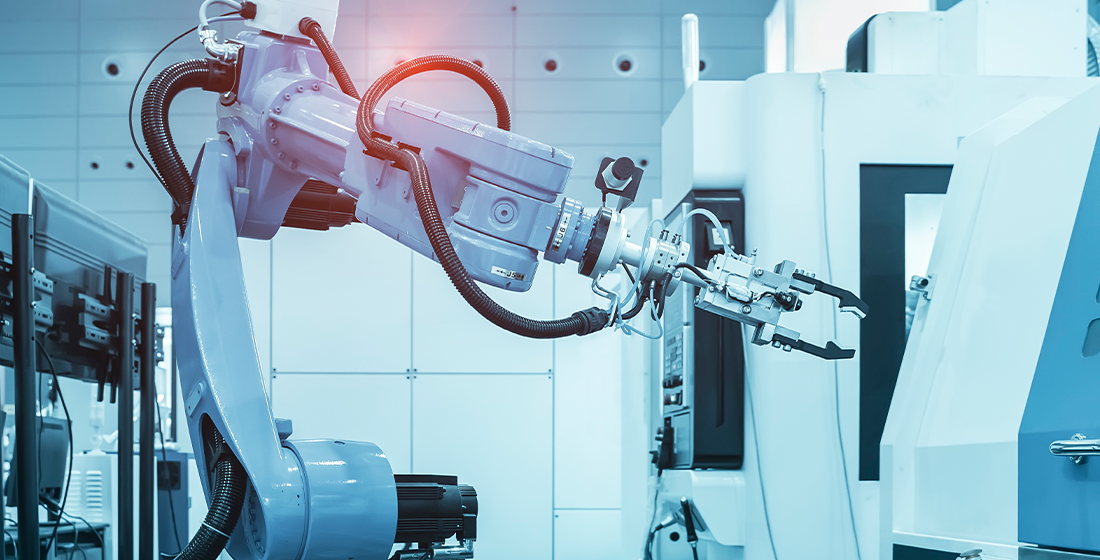Wipro, GM, and Magna are teaming up to revolutionize the automotive software sourcing
and procurement process with a joint investment in SDVerse.
SDVerse: A first-ever software marketplace creating an independent, industry-driven one-stop-shop
for connected vehicle systems software.
Wherever there’s an extraordinary solution or achievement,
a Wipro engineer has likely been involved.
We thrive on the edge
of ambition and change

Ready for tomorrow? It’s not impossible. It’s 5G.

Fueled by the cloud. Driven by safety.

From assets to ops, the intelligent future requires 4.0.

Ever wonder how the digital world stays one step ahead?
“Wipro has a rich engineering heritage and is among the top global leaders in the ER&D space. Its strong delivery muscle and expansive global presence have helped it anchor its 12th consecutive feature in the leadership zone in the 2021 ER&D Zinnov Zones ratings.”
– Sidhant Rastogi, Managing Partner & Global Head, Zinnov
Give yourself an
engineering edge
by leveraging ours